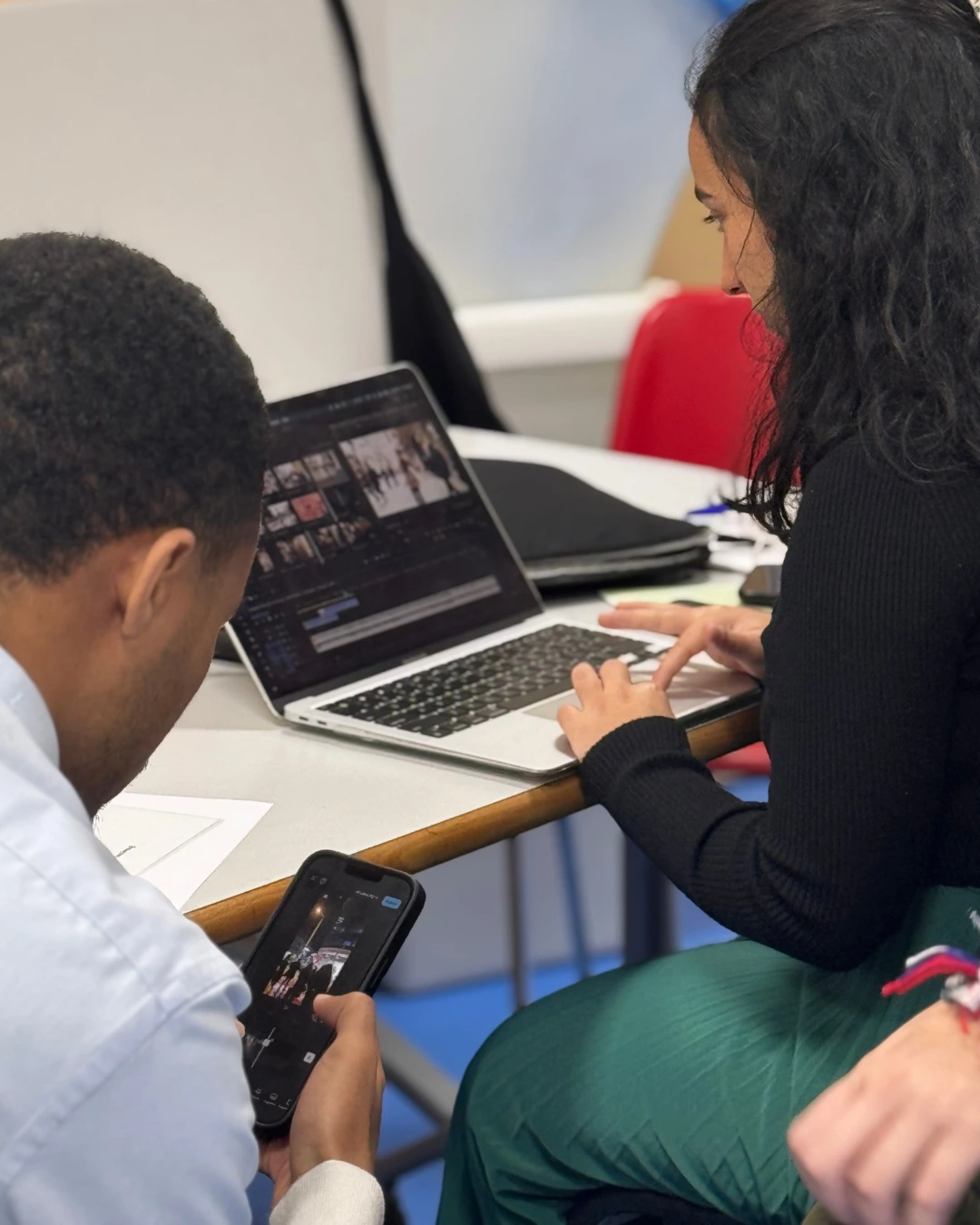Article: From idea to action – Turning digital business concepts into reality
Many aspiring entrepreneurs – especially young people entering the digital economy – have ideas, but struggle to turn them into workable business models. In the field of virtual assistance, this gap can mean the difference between a hobby and a sustainable income.
The Virtual Assistant Skills and Entrepreneurship curriculum addresses this challenge by guiding vocational educators through practical steps to help learners move from concept to execution.
The importance of structured planning
An idea alone is rarely enough. To succeed, young entrepreneurs need:
- Validation – Testing whether there is real demand for their service.
- Structure – Organizing their thoughts into a workable framework.
- Clarity – Knowing exactly what they offer and to whom.
The curriculum uses tools like the Business Model Canvas to help learners clarify:
- Value propositions – What problem they solve for clients.
- Customer segments – Who benefits from their service.
- Key resources and activities – Skills, tools, and processes needed.
- Revenue streams and costs – How they will earn and sustain operations.



Engaging, hands-on methods
To keep planning sessions practical and learner-friendly, the program recommends:
- Business idea bingo – A creative activity for generating and sharing diverse service concepts.
- Speed feedback rounds – Rapid peer-to-peer critiques to refine ideas.
- Market research simulations – Gathering insights from mock or real client personas.
- Collaborative Canvas workshops – Filling in business plan templates in small groups.
These methods transform abstract business concepts into concrete, actionable plans.
Role of the educator
Educators are not just facilitators – they act as mentors and challengers. Their role is to:
- Encourage realistic thinking without discouraging creativity.
- Help learners see both opportunities and risks.
- Provide constructive feedback that sharpens focus.
Conclusion
Moving from an idea to a functioning digital business is a process that can – and should – be taught in an engaging, structured way. By blending creativity with strategic planning tools, vocational educators can give learners the confidence and clarity they need to launch their own ventures in the growing field of virtual assistance.
Link to the educational resource “Virtual Assistant Skills and Entrepreneurship curriculum”:




Von der Europäischen Union finanziert. Die geäußerten Ansichten und Meinungen entsprechen jedoch ausschließlich denen des Autors bzw. der Autoren und spiegeln nicht zwingend die der Europäischen Union oder der Europäischen Exekutivagentur für Bildung und Kultur (EACEA) wider. Weder die Europäische Union noch die EACEA können dafür verantwortlich gemacht werden.
Funded by the European Union. Views and opinions expressed are however those of the author(s) only and do not necessarily reflect those of the European Union or the European Education and Culture Executive Agency (EACEA). Neither the European Union nor EACEA can be held responsible for them.

